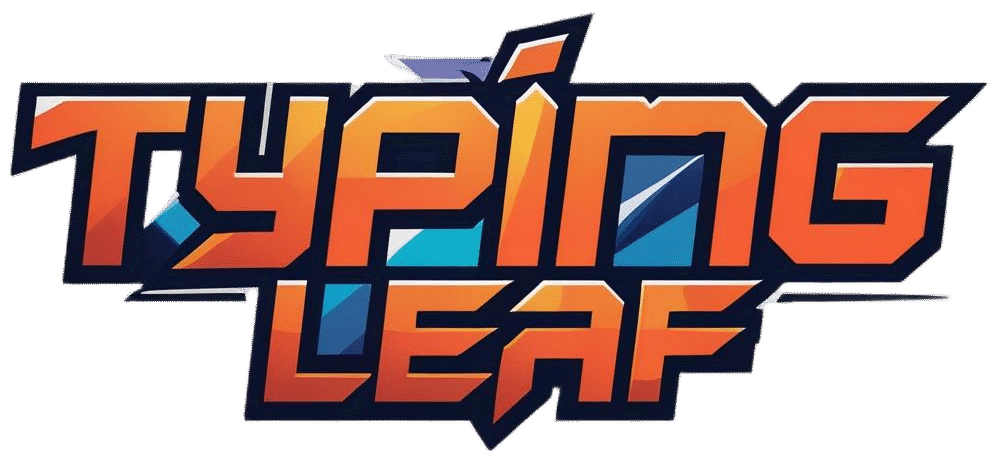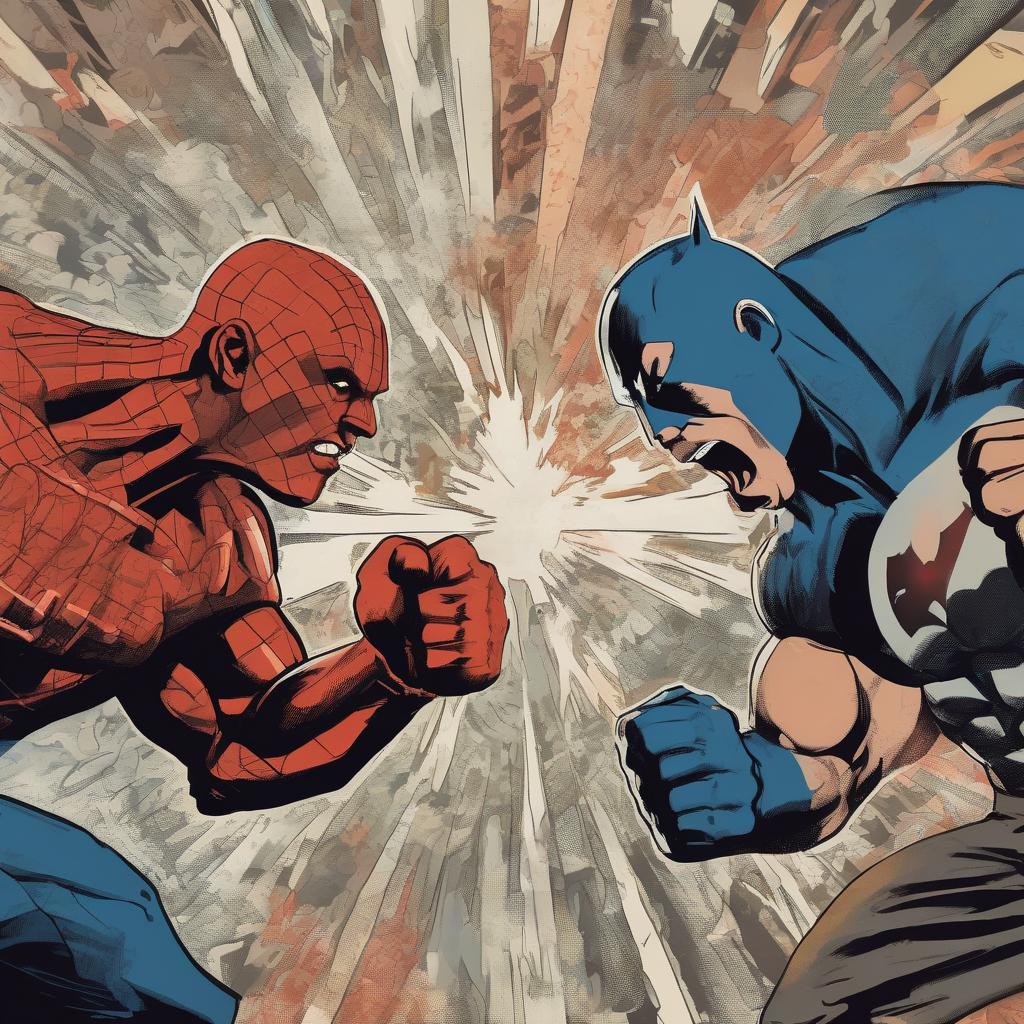Fighting, huh? It’s a topic that somehow always seems to make its way into our lives one way or another. Whether you’re watching two superheroes battle it out on the big screen, caught up in a world news story about geopolitical tensions, or perhaps dealing with a bit of conflict in your personal life, fighting is something we all encounter. It’s one of those things that’s hard to avoid, whether we like it or not. And oddly enough, it’s not just about throwing punches, either. It seeps into our conversations, influences the way societies function, and even shapes our interactions on a day-to-day basis.
The Many Faces of Fighting
When you hear the word “fighting,” what pops into your mind? Probably fists flying, right? But fighting’s got way more layers than just the physical aspect.
Physical Fighting
The most obvious form, sure. Boxing, wrestling, MMA—it’s organized, and there’s usually a referee to keep things in check. But not all physical confrontations happen in a controlled environment. Street fights, bar brawls, and those random skirmishes that erupt out of nowhere, they’re all part of the mix. And, of course, there’s military combat, which involves strategic planning and is on a whole different level of consequence and scale. Recent global events illustrate how quickly physical fighting can escalate, affecting international relations and everyday lives. For instance, you can read about some of the ongoing conflicts here.
Verbal and Psychological Battles
Then there’s the verbal and psychological stuff—arguments, debates, and even those passive-aggressive remarks that can really sting. Ever had one of those days where every little thing turns into a spat with someone? That’s verbal fighting at its finest. And psychological fighting isn’t always visible but it can be just as damaging, from those subtle manipulations in a toxic relationship to intense negotiations in boardrooms.
Inner Conflicts
Can’t forget about the internal battles either. That constant war between what you want and what you think you should do. It’s the little voice in your head that says “do it” and the other one that screams “STOP!” Internal conflicts can be exhausting, more so than a physical fight sometimes because they’re ongoing and unresolved. And speaking of ongoing internal struggles, have you ever noticed how they can influence our behaviors and decisions without us even realizing it?
Why Do We Fight?
Why indeed? Humans are a peculiar bunch. Some say it’s instinctual—fight or flight. Others argue it’s learned behavior. Maybe it’s a bit of both. There are whole studies on reasons behind conflict, whether it’s personal, political, or something else entirely. Looking at it through the lens of evolutionary psychology, fighting might be seen as a survival tactic. But then, society evolves, and so do the reasons and ways we fight.
Instinctual Drives
Is fighting an instinct? Well, many psychologists would agree. When threatened, the human body responds with adrenaline, preparing to fight or flee. It’s a survival thing. But what about when the threat isn’t a saber-toothed tiger, but your boss or a difficult colleague?
Learned Behaviors
Kids learn by watching, right? So if they see arguments and physical altercations as ‘normal’, they might grow up thinking that’s the way to handle disagreements. And this extends to cultural practices around conflict resolution. What’s acceptable in one culture might be frowned upon in another.
Societal Influences
Media, too, plays a role. Movies, video games, and even news stories sometimes glamorize or sensationalize fighting. While it’s important to stay informed, like you can through this Wikipedia article, it’s also crucial to consider how these portrayals affect our perceptions of fighting in real life.
The Impact of Fighting
Now, let’s talk about what fighting does—to people, communities, and, on a larger scale, to nations. The consequences can be pretty far-reaching.
Personal Impact
At a personal level, fighting can strain relationships, damage mental health, and even lead to physical injuries. Those heated arguments with friends or family? They might leave emotional scars that take a while to heal.
Community and Societal Effects
Communities can be torn apart by fighting, whether it’s gang-related violence or disputes over resources. On a societal level, constant fighting can lead to a breakdown in social order. Consider how divided some communities become during times of political unrest.
Global Consequences
On a global scale, fighting can change the course of history. Wars can shift borders, create new nations, and lead to international alliances or tensions. It’s a complex web of cause and effect that reverberates through time.
| Level of Impact | Examples |
|---|---|
| Personal | Family disputes, workplace conflicts |
| Community | Gang violence, protests |
| Global | Wars, international relations |
Resolving Conflicts
With all these layers to fighting, how do we manage to resolve conflicts? Is it even possible to achieve complete resolution? While complete harmony might be an idealistic notion, there are definitely ways to mitigate and manage conflict.
Effective Communication
It sounds so simple, right? But effective communication is often the first step in resolving conflict. This means listening as much as talking and trying to understand the other person’s perspective. Easier said than done sometimes, especially when emotions are running high.
Mediation and Negotiation
Sometimes you need a neutral party to help resolve conflicts. Mediators can provide an outside perspective and guide both parties towards a resolution. Negotiations, often seen in business or diplomatic scenarios, require compromise and understanding the interests of all involved.
Personal Reflection
And then there’s personal reflection. Taking a step back to assess why you’re fighting, what you’re hoping to gain, and whether it’s worth it. Sometimes, conflicts arise from misunderstandings or assumptions, and a bit of introspection can go a long way.
Fighting in Pop Culture
Can’t ignore how pop culture portrays fighting, which sometimes influences how we perceive it in real life. Movies, TV shows, and even music often show the dramatic side of conflict.
Movies and TV Shows
Think of any action movie. There’s usually some epic battle scene that’s central to the plot. These scenes often glamorize fighting, making it seem like the go-to solution for any problem. But they also provide a sense of catharsis—who doesn’t love seeing the hero win?
Music and Literature
Music often channels the emotions that come with conflict. Whether it’s a break-up song or an anthem of resilience, music captures the emotional highs and lows of fighting. Literature, too, explores these themes, often providing a more nuanced view.
Video Games
Games are another medium where fighting is prevalent. From first-person shooters to strategy games, fighting is a core mechanic. While they provide an outlet for stress, it’s essential to balance virtual conflicts with real-world peace.
FAQs
- Why do people fight over small things?
Sometimes, small issues are actually rooted in bigger, unresolved conflicts. Stress can make minor problems seem overwhelming. - Can fighting ever be good?
In some cases, yes. Constructive conflict can lead to better understanding and stronger relationships if handled well. - How can I avoid fights with my partner?
Communicate openly, listen actively, and be willing to compromise. It’s about teamwork, not winning or losing. - What if I can’t resolve a conflict?
Sometimes, walking away is the best option. Knowing when to let go is crucial for peace of mind. - Are debates considered a form of fighting?
Sort of. Debates are structured arguments, focused more on persuasion than aggression.
Fighting—it’s complicated, multifaceted, and sometimes downright confusing. But maybe, just maybe, understanding it a bit better can help us navigate through it when it inevitably comes our way.

